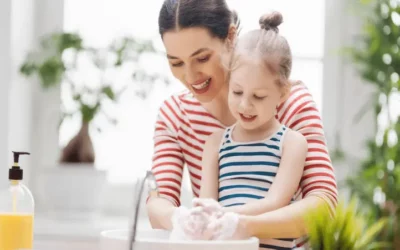Welcome to our blog on inspiring art projects for kids! Here, we’ll explore a variety of creative activities that will unleash your child’s imagination and let their artistic talents soar. From colorful painting techniques to innovative crafts, join us as we embark on a journey of artistic discovery, fostering a love for creativity in young minds. Let’s dive in and unleash the power of imagination through engaging and exciting art projects for kids!
Table of contents
Introduction
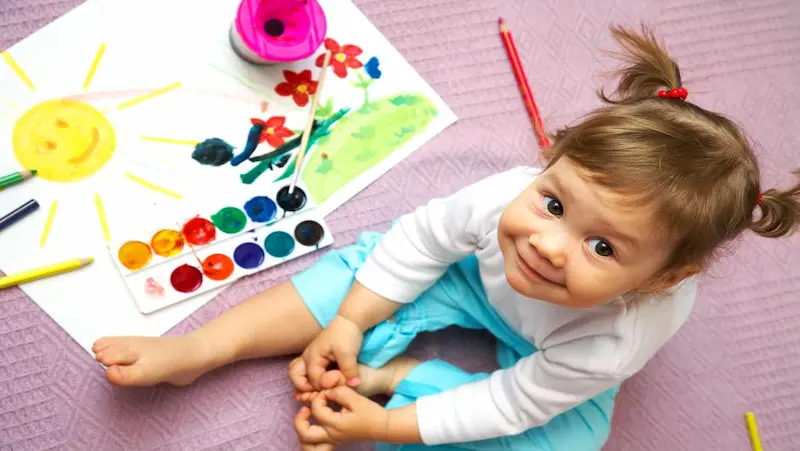
Art is a powerful medium that allows children to express themselves, it is the best activities for kids to develop their creativity, and explore their imagination. Engaging in art for kids not only provides them with a fun and enjoyable activity but also promotes cognitive development in children, fine motor skills, emotional well-being, and cognitive development in children.
Likewise, engaging in activities like drawing for kids and crafts for kids can unlock their potential to express themselves in unique and imaginative ways.
In this blog post, we will explore some inspiring art projects for kids that are not only creative but also educational and designed to foster their imagination. So, let’s dive into the world of art and unleash the creativity of young minds!
The above image is one of the example of art. One interesting fact is that Leonardo Da Vinci’s art of Monalisa is still one of the best art in History.
Paper Collage Fun
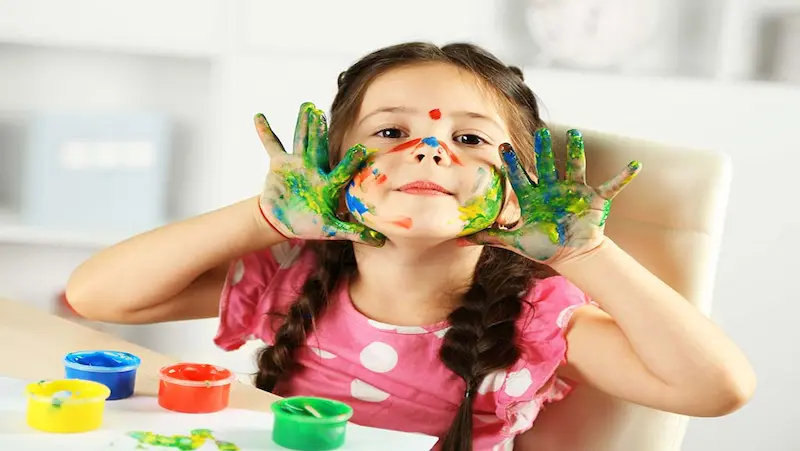
Paper collage is one of the best versatile and easy art project that can be enjoyed by kids of all ages and it will be a great help in stress management for kids. Provide children with a variety of colourful papers, old magazines, scissors, glue sticks, and let their imagination run wild. Encourage them to create collages based on specific themes or let them freely explore their ideas.
Whether it’s animals, nature, or abstract designs, paper collage projects allow kids to experiment with shapes, colours, and textures, enhancing their fine motor skills and visual perception. Encourage children to cut out different shapes, patterns, and images that appeal to them. Then, guide them to arrange the cut-outs on a larger sheet of paper and glue them down to create their collage masterpiece. This project not only helps kids develop their fine motor skills but also encourages them to think creatively about composition and design.
Nature-inspired Art
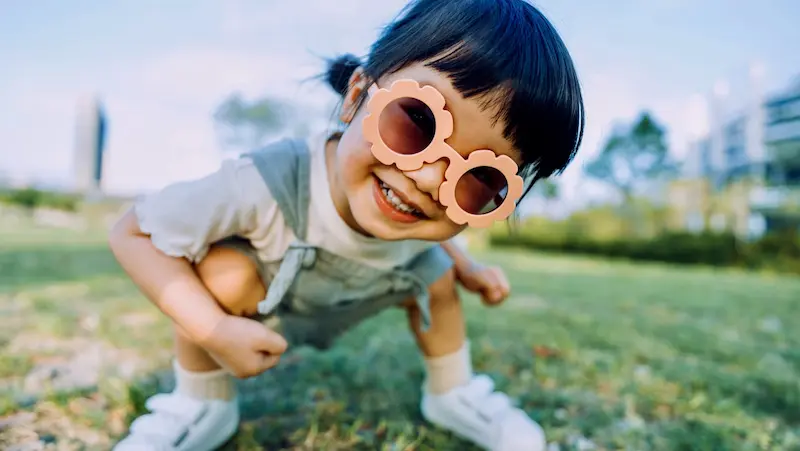
Connecting children with nature through art can be a wonderful way to foster their appreciation for the environment while nurturing their creativity. Take kids on a nature walk to collect leaves, flowers, twigs, and rocks. Back in the art space, provide them with art supplies like paints, markers, and paper. Encourage them to create art inspired by nature, such as leaf rubbings, flower paintings, or rock sculptures.
This art project not only allows kids to explore various art techniques but also in stills a sense of wonder and respect for the natural world. Connecting with nature through art can be an enriching experience for kids. Leaf printing is a simple yet fascinating project that introduces children to the beauty of the natural world. Go on a nature walk with your child and collect various leaves of different shapes and sizes. Back at home, lay the leaves on a table, place a sheet of paper on top, and gently rub a crayon or pencil over the leaf to transfer its texture and shape onto the paper.
Encourage children to experiment with different colours and leaf combinations to create stunning nature-inspired prints. This type of art is known as Nature Inspired Leaf Prints.
Recycled Art Adventures
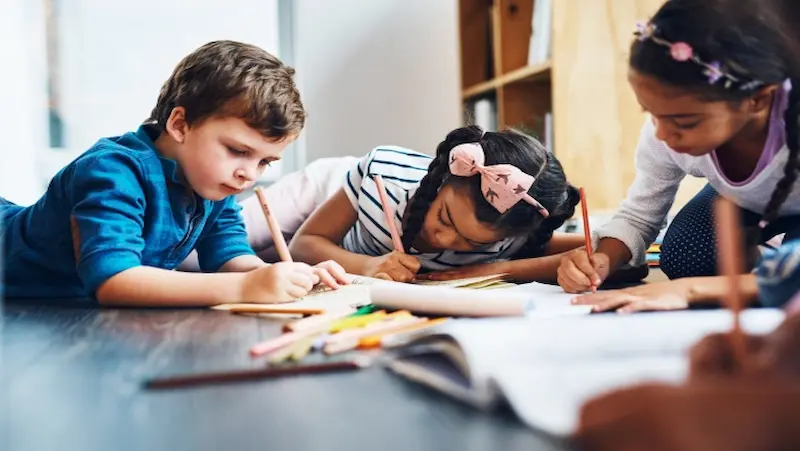
Teaching kids about the importance of recycling while engaging them in art projects can be an exciting and eco-friendly endeavour. Gather a collection of recyclable materials like cardboard boxes, plastic bottles, bottle caps, and old newspapers. Challenge kids to transform these materials into unique artworks.
They can create sculptures, masks, or even functional items like pencil holders or jewellery. This art project not only stimulates creativity and problem-solving skills but also raises awareness about sustainability and environmental responsibility. Create a fun art project by transforming everyday household objects and recyclable materials into unique sculptures. Gather items such as empty plastic bottles, cardboard boxes, bottle caps, and old magazines.
Provide glue, tape, and scissors for assembling the sculptures. Encourage children to brainstorm ideas, experiment with different materials, and construct imaginative sculptures. This project not only encourages resourcefulness but also promotes problem-solving skills and environmental consciousness.
Watercolour Magic
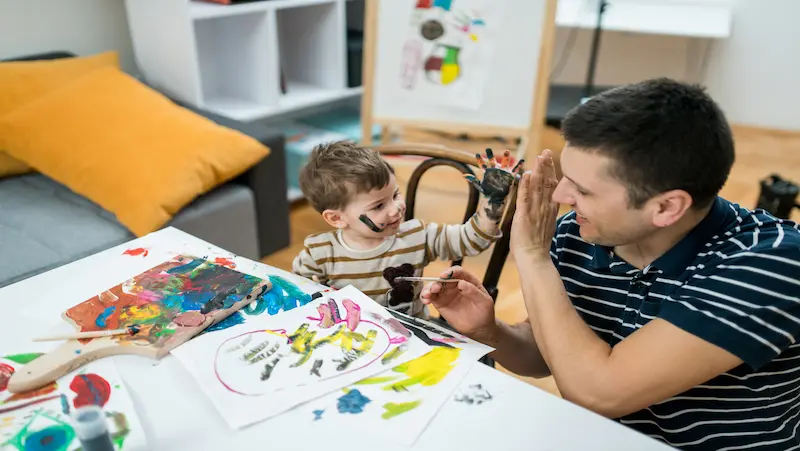
Watercolours are a versatile medium that allows children to explore different painting techniques and create vibrant artworks. Set up a watercolour station with a palette of colours, watercolour paper, and various brushes. Encourage children to experiment with different brush strokes, blending colours, and layering techniques. You can suggest different themes like landscapes, animals, or abstract designs to spark their imagination. This project not only enhances fine motor skills but also encourages children to express their emotions and develop a sense of colour harmony.
The above image is one of the example of the water colour painting.
Storybook Illustration
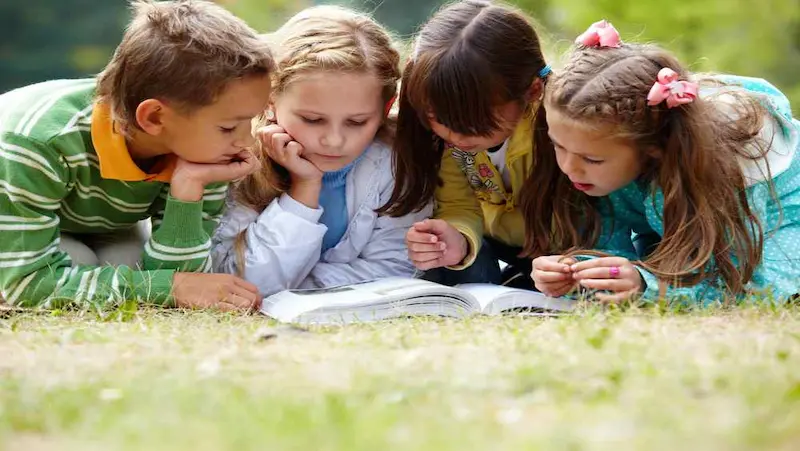
Encourage kids to bring their favourite stories to life through art by creating storybook illustrations. After reading a story together, provide them with drawing materials and ask them to illustrate their favourite scene or character. This project promotes reading comprehension, storytelling skills, and visual representation. Kids can experiment with different art styles, colours, and perspectives to express their interpretation of the story, enhancing their imagination and artistic abilities.
Cultural and Historical Awareness
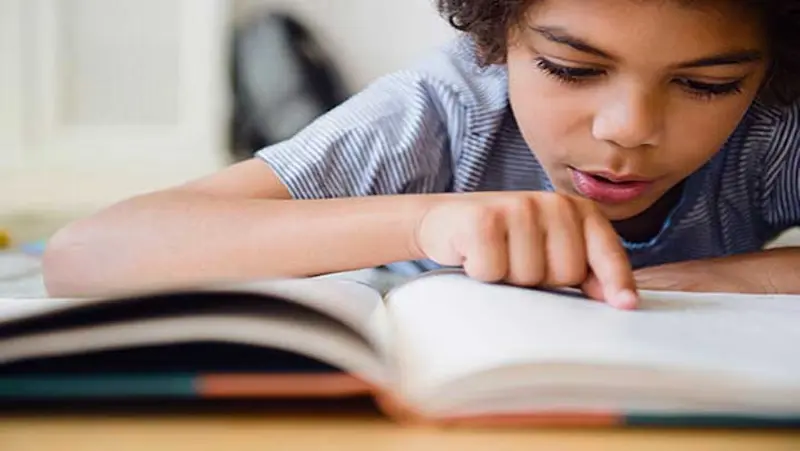
Art exposes children to different cultures, traditions, and historical periods. Through art projects, children can learn about various artistic styles, artists, and their contributions to society. This exposure helps foster an appreciation for diversity, promotes cultural understanding, and broadens their perspective of the world.
Collaborative Art
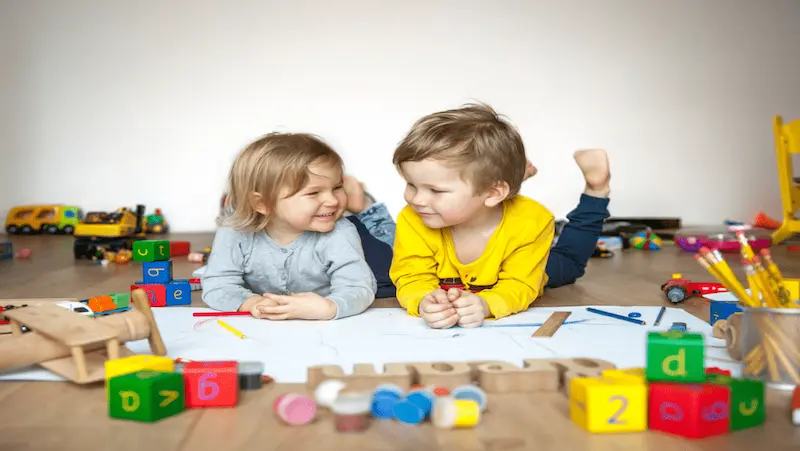
Collaborative art projects can be an excellent way for kids to work together, learn from one another, and create something truly unique. Set up a large canvas or a mural space where kids can contribute their artistic ideas. Provide them with various art supplies and encourage them to collaborate, combining their individual styles and techniques. This project fosters teamwork, communication, and problem-solving skills, while allowing children to appreciate the beauty of collective creativity.
Found Object Assemblage
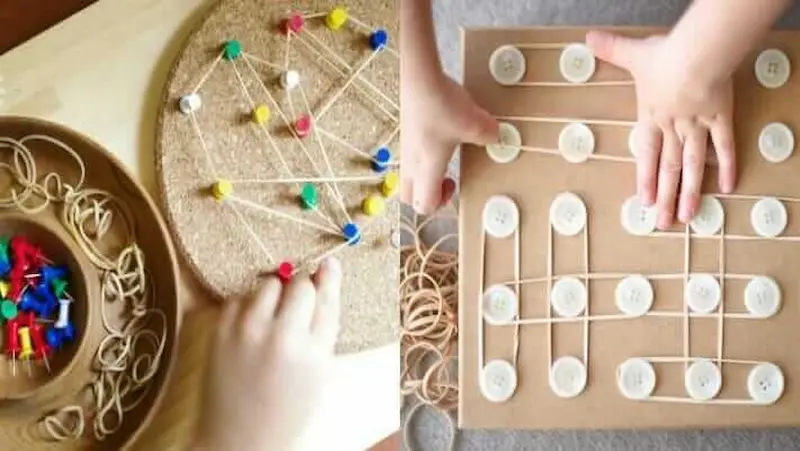
Found object assemblage is an exciting project that encourages children to think outside the box and create three-dimensional artworks. Gather a collection of random objects such as buttons, bottle caps, fabric scraps, old toys, and small trinkets. Provide a sturdy base, such as a wooden board or canvas, and glue. Encourage children to arrange and glue the objects onto the base to create a unique assemblage. This project sparks imagination, problem-solving, and helps children see everyday objects in a new light.
Conclusion
Engaging children in art projects is a wonderful way to unleash their creativity and imagination. Whether it’s paper collage, nature-inspired art, recycled art, storybook illustrations, or collaborative projects, these activities provide kids with an outlet for self-expression while developing essential skills.
By incorporating these inspiring art projects into their routine, parents and educators can nurture the artistic talents of young minds and foster a lifelong love for creativity. So, let’s grab those art supplies, encourage our little artists, and embark on a colourful journey of imagination and self-discovery!
Also, BrightChamps provides a comprehensive platform for learning about money for kids, offering interactive and engaging resources that teach financial literacy, budgeting, saving, and other essential money management skills.
Frequently Asked Question
Art projects play a crucial role in the development of children. Here are several reasons why art projects are important for children’s overall growth, Creativity and Imagination, Fine Motor Skills, Cognitive Development, Emotional Expression, Self-Confidence and Self-Expression.
Art activities provide an ideal environment for enhancing creativity and imagination in kids. It gives Freedom of Expression, Problem-solving and Critical Thinking, Imagination and Storytelling, Open-ended Exploration and Encouragement of Divergent Thinking.
Toddlers (1-3 years old): Finger painting, sponge painting, sensory art with textured materials, scribbling with crayons.
Pre-schoolers (3-5 years old): Collage making, stamping with objects, painting with watercolours, playdough creations, simple paper weaving.
Older children (6+ years old): Paper Mache, fabric painting, clay modelling, mixed media collage, observational drawing, string art.
Drawing materials: Crayons, coloured pencils, markers.
Painting supplies: Watercolours, tempera paints, paintbrushes, palette, water containers.
Collage materials: Construction paper, scissors, glue sticks, tape.
Modelling materials: Playdough, clay, modelling tools.
Other materials: Safety scissors, paper plates, sponges, cotton balls, yarn.
Wash technique: Wet the paper and then apply watercolours or diluted paint for a smooth and blended effect.
Dotting: Use the end of a paintbrush or cotton swab to make dots or patterns on the paper.
Blowing with a straw: Drop liquid watercolours or diluted paint on the paper and blow through a straw to create interesting shapes and textures.
Sponge painting: Dip a sponge into paint and dab it on the paper to create unique textures and patterns.
Splatter painting: Flick or tap a loaded paintbrush to create splatters of paint on the paper.
Provide a variety of art materials and let your child explore and experiment freely.
Offer open-ended prompts or themes without rigid instructions, allowing for creative interpretation.
Focus on the process and effort rather than the end result. Encourage exploration and self-expression.
Display and celebrate their artwork to show appreciation and value for their creative efforts.
Ensure art supplies are non-toxic and child-safe, with age-appropriate warnings and labels.
Use washable paints and markers to avoid staining clothing.
Provide smocks or old clothes to protect against spills and splatters.
Keep small art supplies, like beads or buttons, out of reach of young children to avoid choking hazards.
Supervise children during art activities to prevent ingestion of materials or misuse of tools.
Hang artwork on a designated display wall or create a rotating gallery using clotheslines and clothespins.
Take photographs of the artwork and create a digital portfolio or photo book.
Store artwork in portfolios or large folders to keep them organized and protected.
Frame and mat selected pieces for a more formal display.
Consider creating a memory box or scrapbook to preserve smaller art pieces and other mementos.
Nature collages: Collect leaves, flowers, and other natural materials to create collages on paper or cardboard.
Nature prints: Use leaves, flowers, or shells to make impressions on paper using paint or ink.
Sidewalk chalk art: Draw colourful designs or create temporary murals on the pavement.
Nature sculptures: Use sticks, stones, and clay to create sculptures or structures in a natural environment.
Outdoor easel painting: Set up an easel or a large piece of cardboard outside and paint landscapes or abstract art inspired by nature.
Introduce famous artists and their works through picture books or online resources.
Visit art museums or galleries to see original artworks and discuss their historical and artistic significance.
Engage in discussions about different art movements, such as Impressionism, Cubism, or Surrealism, and show examples of related artwork.
Encourage your child to recreate famous artworks or styles in their own interpretations.
Incorporate art history lessons into art projects by exploring different techniques or styles used by renowned artists.







